Google Gemini vs. OpenAI: Who Will Lead AI in 2024?
As we approach 2024, the landscape of artificial intelligence is becoming increasingly competitive, with two major players standing out: Google Gemini and OpenAI. Both companies are at the forefront of AI innovation, each bringing their own unique approaches, technologies, and visions to the table. But as they vie for dominance, the question on everyone’s mind is: who will lead AI in 2024? This in-depth analysis will explore the core technologies, market positions, and future potential of both Google Gemini and OpenAI, providing you with a comprehensive understanding of what lies ahead in the AI industry.
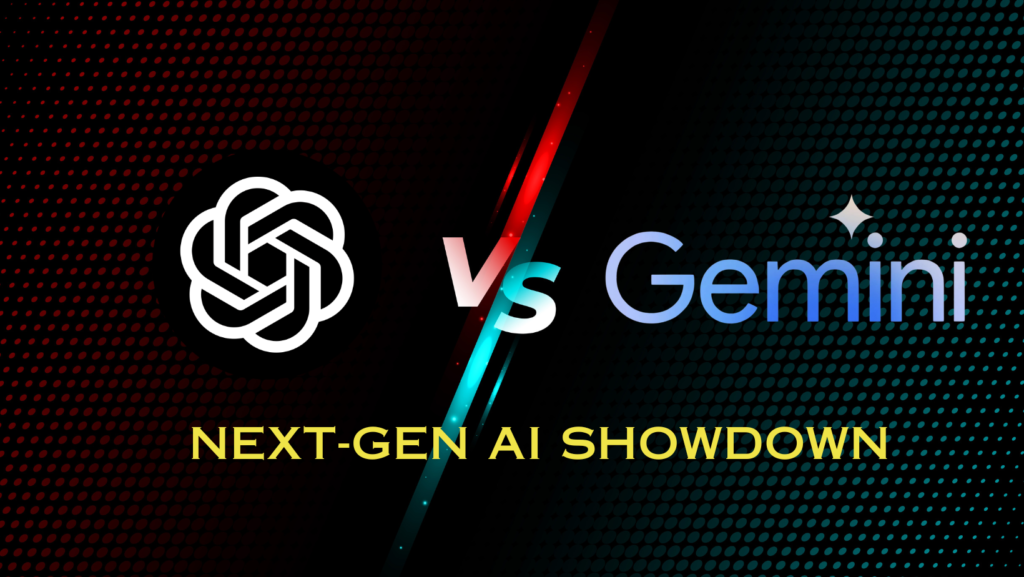
Overview of Google Gemini and OpenAI
Introduction to Google Gemini
Google Gemini is the latest project from Google’s AI division, aiming to integrate cutting-edge machine learning technologies into a unified platform. Building on the successes of previous AI models like BERT and LaMDA, Gemini represents Google’s attempt to create a more comprehensive and versatile AI system. Designed to be adaptable across various industries, Google Gemini focuses on natural language understanding, image recognition, and predictive analytics. It’s positioned as a multi-modal AI that can handle complex tasks with greater accuracy and efficiency than its predecessors.
One of the standout features of Google Gemini is its deep integration with Google’s existing ecosystem. By leveraging the vast amounts of data collected from services like Search, Maps, and YouTube, Gemini has the potential to offer unprecedented levels of personalization and contextual understanding. Additionally, Google is heavily investing in making Gemini scalable and user-friendly, with tools that allow developers to easily deploy AI models in their applications.
Introduction to OpenAI
OpenAI, on the other hand, has been a trailblazer in the AI space, especially with its GPT series of language models. OpenAI’s mission is to ensure that artificial general intelligence (AGI) benefits all of humanity, and their research has consistently pushed the boundaries of what AI can achieve. The company’s flagship product, GPT-4, has set new benchmarks in natural language processing, powering a range of applications from chatbots to content generation tools.
Unlike Google, OpenAI operates with a more open and collaborative approach, often sharing their research findings with the broader AI community. This transparency has earned OpenAI a strong reputation among developers and researchers alike. Furthermore, OpenAI has formed strategic partnerships with tech giants like Microsoft, which has integrated OpenAI’s models into its products, enhancing their AI capabilities. This collaborative strategy, combined with OpenAI’s relentless focus on advancing AI research, makes them a formidable contender in the race for AI supremacy.
Core Technologies and Innovations
At the core of Google Gemini and OpenAI’s offerings are their advanced AI models, each with unique strengths. Google Gemini is built on a multi-modal architecture, meaning it can process and integrate data from various sources such as text, images, and video. This enables Gemini to understand and respond to complex queries that involve different types of data, making it a versatile tool for businesses that require a comprehensive AI solution.
OpenAI, however, has specialized in natural language processing (NLP). GPT-4, their latest model, is capable of generating human-like text with remarkable accuracy. This has applications in content creation, customer service, and even coding, as the model can understand and generate code in multiple programming languages. OpenAI’s focus on NLP has set them apart, especially in industries where communication and language understanding are critical.
One of the key differences between the two is how they approach AI ethics and safety. Google has integrated ethical considerations into the development of Gemini, with a focus on reducing bias and ensuring transparency in AI decision-making processes. OpenAI, known for its cautious approach to AGI, has implemented strict safety protocols to prevent the misuse of their technologies. These differing approaches highlight the companies’ unique priorities and could influence their adoption across different sectors.
Comparing AI Capabilities
Natural Language Processing
When it comes to natural language processing (NLP), both Google Gemini and OpenAI have made significant strides, but their approaches differ. Google Gemini leverages its integration with Google’s vast datasets to provide highly contextualized and accurate responses. For instance, if a user asks Gemini a question related to a recent news event, the model can cross-reference information from Google News and other sources to provide a comprehensive answer. This ability to pull from real-time data sources gives Gemini an edge in situations where up-to-date information is crucial.
OpenAI’s GPT-4, however, excels in generating coherent and contextually relevant text across a wide range of topics. Its ability to understand and generate complex language patterns makes it ideal for applications like automated content creation, virtual assistants, and advanced chatbots. GPT-4’s strength lies in its extensive training on diverse text datasets, allowing it to mimic human-like writing styles and understand nuanced language. This has made GPT-4 a popular choice for businesses looking to automate content generation or enhance customer interactions.
Despite these strengths, each model has its limitations. Google Gemini’s reliance on Google’s ecosystem may limit its applicability in environments where users prefer or require data independence. On the other hand, OpenAI’s models, while highly capable, can sometimes produce outputs that are overly verbose or lack the necessary precision for specific tasks. The choice between the two will ultimately depend on the specific needs of the user, whether that’s real-time data integration or sophisticated language generation.
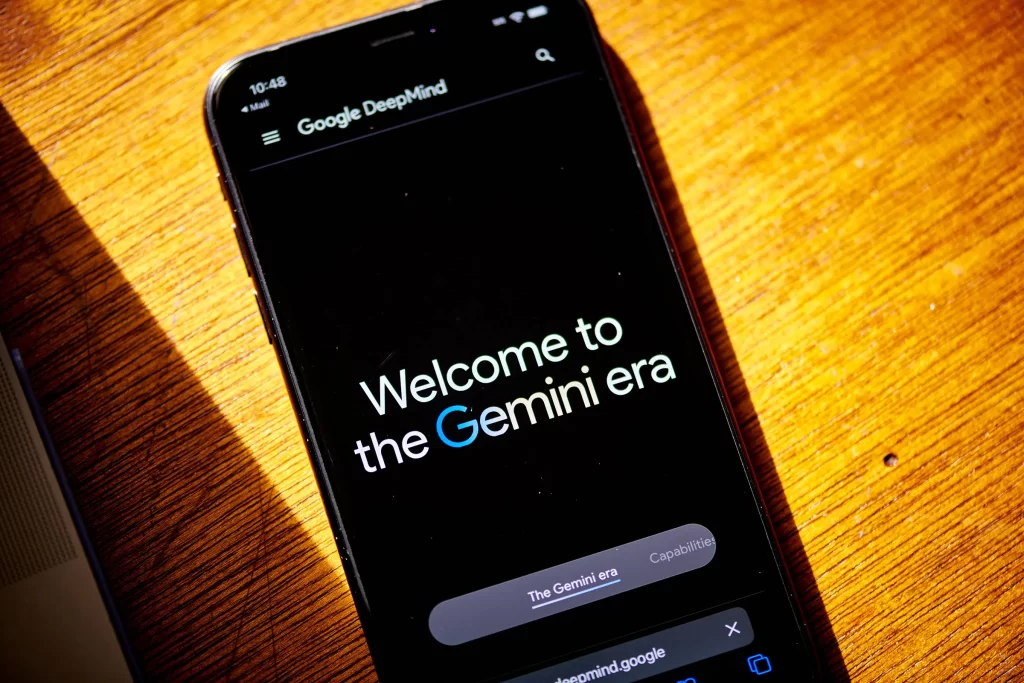
Machine Learning Algorithms
Both Google Gemini and OpenAI use advanced machine learning algorithms to power their AI models, but their approaches reflect their different priorities. Google Gemini is built on a foundation of transfer learning and multi-modal machine learning. Transfer learning allows Gemini to apply knowledge gained from one domain to another, improving its performance in tasks where data may be sparse. This capability is particularly useful in industries like healthcare or finance, where data can vary significantly across different contexts.
OpenAI’s machine learning strategy, however, focuses on reinforcement learning and unsupervised learning. Reinforcement learning enables OpenAI’s models to learn from interactions and improve their decision-making processes over time. This approach has been instrumental in training AI systems for complex tasks like playing strategic games or optimizing business operations. Unsupervised learning, on the other hand, allows OpenAI’s models to identify patterns in data without explicit guidance, making them highly adaptable to new and emerging trends.
These differences in machine learning approaches also influence how the models are deployed. Google Gemini is often integrated into large-scale enterprise systems, where its ability to transfer learning across domains can provide a competitive advantage. OpenAI’s models, however, are frequently used in dynamic environments where adaptability and continuous learning are critical. As AI continues to evolve, these machine learning strategies will play a key role in determining the success of each platform.
Application in Real-World Scenarios
In real-world applications, the strengths and limitations of Google Gemini and OpenAI become more apparent. Google Gemini’s integration with the Google ecosystem makes it a powerful tool for businesses that already rely on Google’s services. For example, a retail company using Google Analytics and Google Ads can leverage Gemini to optimize their marketing strategies by predicting customer behavior and personalizing ad campaigns. The seamless integration of Gemini with Google’s suite of tools makes it an attractive option for businesses looking to enhance their operations without investing in entirely new systems.
OpenAI’s applications are more diverse and often independent of specific ecosystems. GPT-4, for example, has been used in everything from generating realistic dialogue for video games to drafting legal documents. Its versatility makes it a valuable tool for startups and established companies alike, particularly those that require a high degree of customization in their AI solutions. Furthermore, OpenAI’s collaborative approach means that its models are frequently updated and improved based on feedback from a wide user base, ensuring that they remain at the cutting edge of AI technology.
However, these real-world applications also highlight the challenges each platform faces. Google Gemini’s deep integration with Google services may deter companies that are concerned about data privacy or that prefer to maintain independence from large tech companies. OpenAI’s models, while highly adaptable, require significant computational resources, which can be a barrier for smaller companies or those operating on a limited budget. These factors will be crucial in determining which platform gains the upper hand in the AI market in 2024.
Market Position and Adoption
Google’s AI Ecosystem
Google’s AI ecosystem is one of its greatest strengths, providing a solid foundation for the adoption of Google Gemini. With billions of users across its various platforms, Google has unparalleled access to data, which it uses to continuously improve its AI models. Gemini is designed to integrate seamlessly with this ecosystem, offering businesses and developers an AI platform that can be easily deployed within existing Google services like Google Cloud, Google Workspace, and Google Ads.
This integration not only enhances the capabilities of these services but also provides Google with a significant advantage in terms of user adoption. Businesses already invested in Google’s ecosystem are more likely to adopt Gemini due to the ease of integration and the potential for improved performance. Moreover, Google’s focus on making AI accessible to non-experts through tools like AutoML and TensorFlow has broadened the appeal of its AI solutions, making them more accessible to a wider audience.
However, Google’s dominance in the AI space is not without its challenges. As more businesses become aware of the importance of data privacy, there is growing concern about relying too heavily on a single provider, especially one as data-driven as Google. This has led some companies to explore alternative AI solutions that offer more control over their data and operations. Despite these concerns, Google’s AI ecosystem remains a formidable force, with Google Gemini positioned as a key player in the future of AI.
OpenAI’s Strategic Partnerships
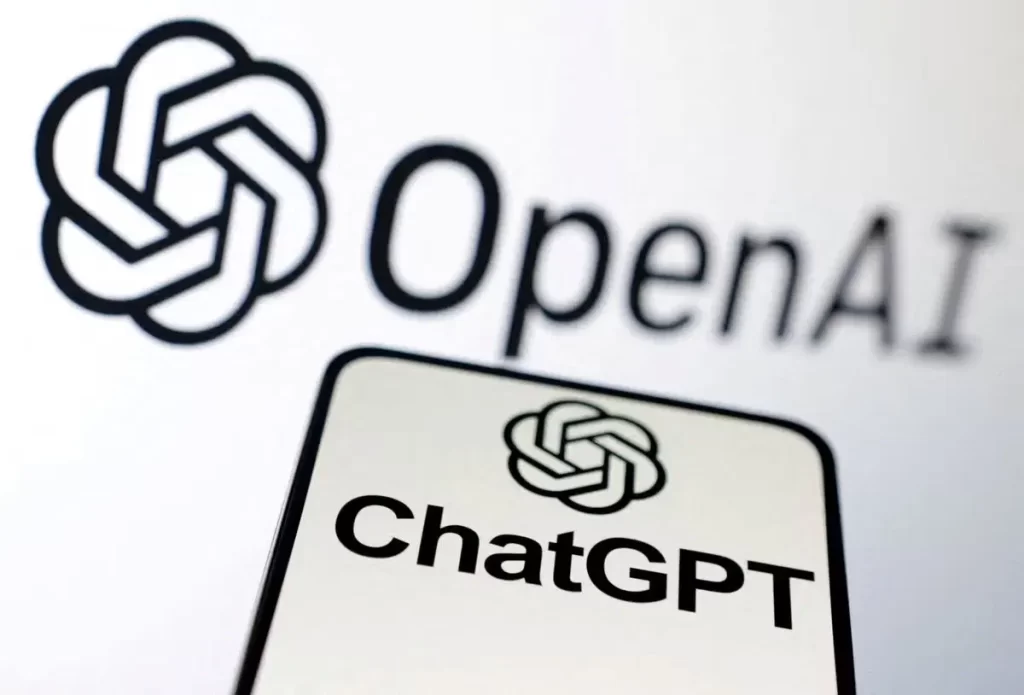
OpenAI’s market position is bolstered by its strategic partnerships, particularly with Microsoft. The integration of OpenAI’s models into Microsoft’s products, such as Azure and the Office suite, has expanded OpenAI’s reach and made its technology more accessible to a global audience. This partnership has also provided OpenAI with the resources and infrastructure needed to scale its models and deploy them.

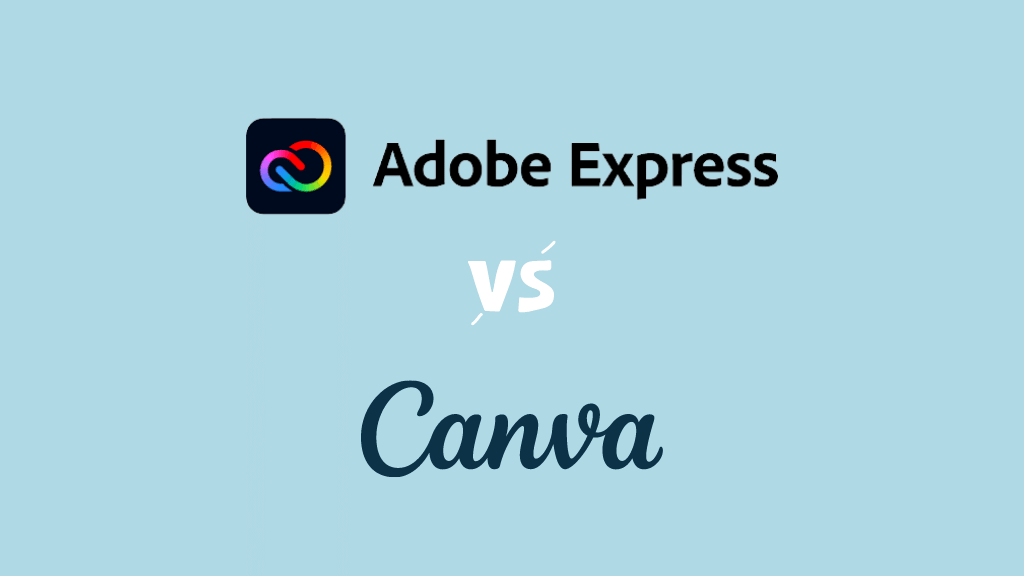




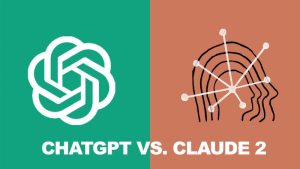


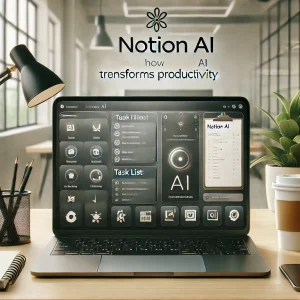
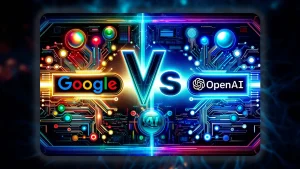
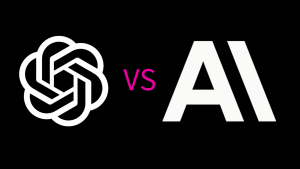
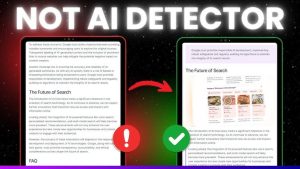
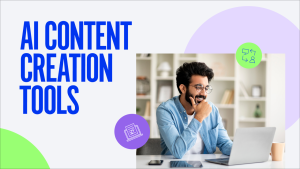
Post Comment